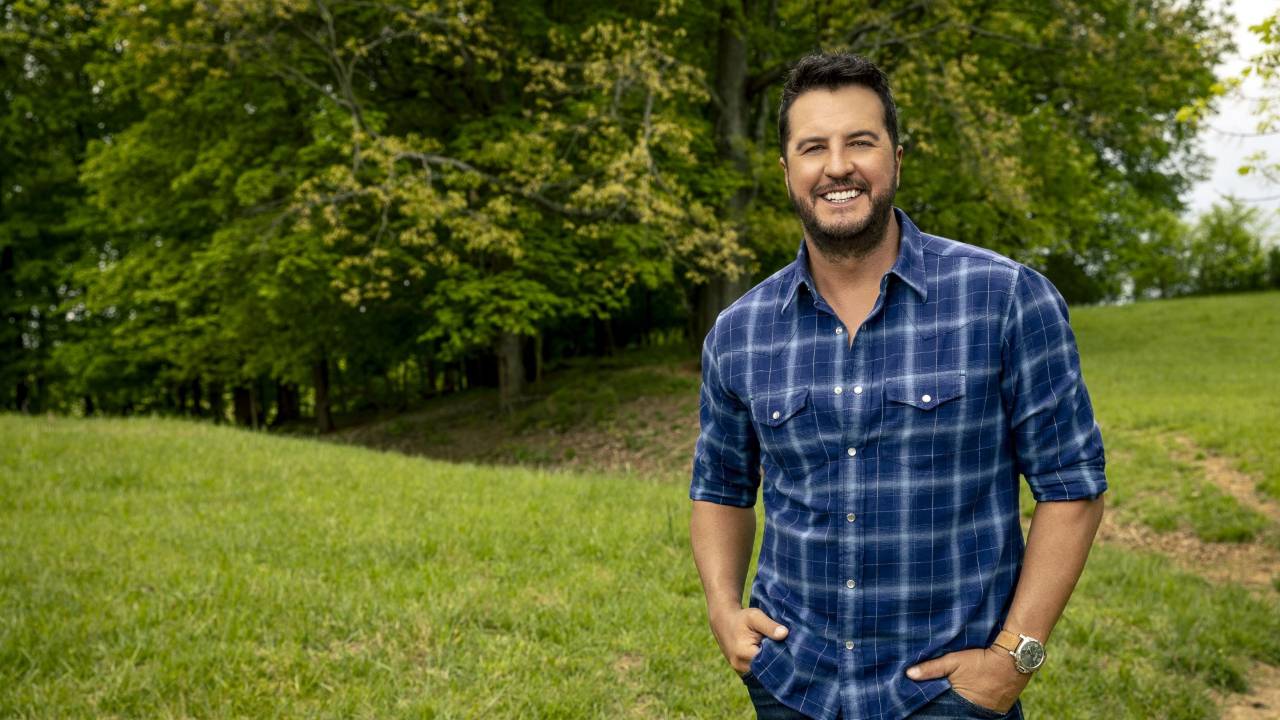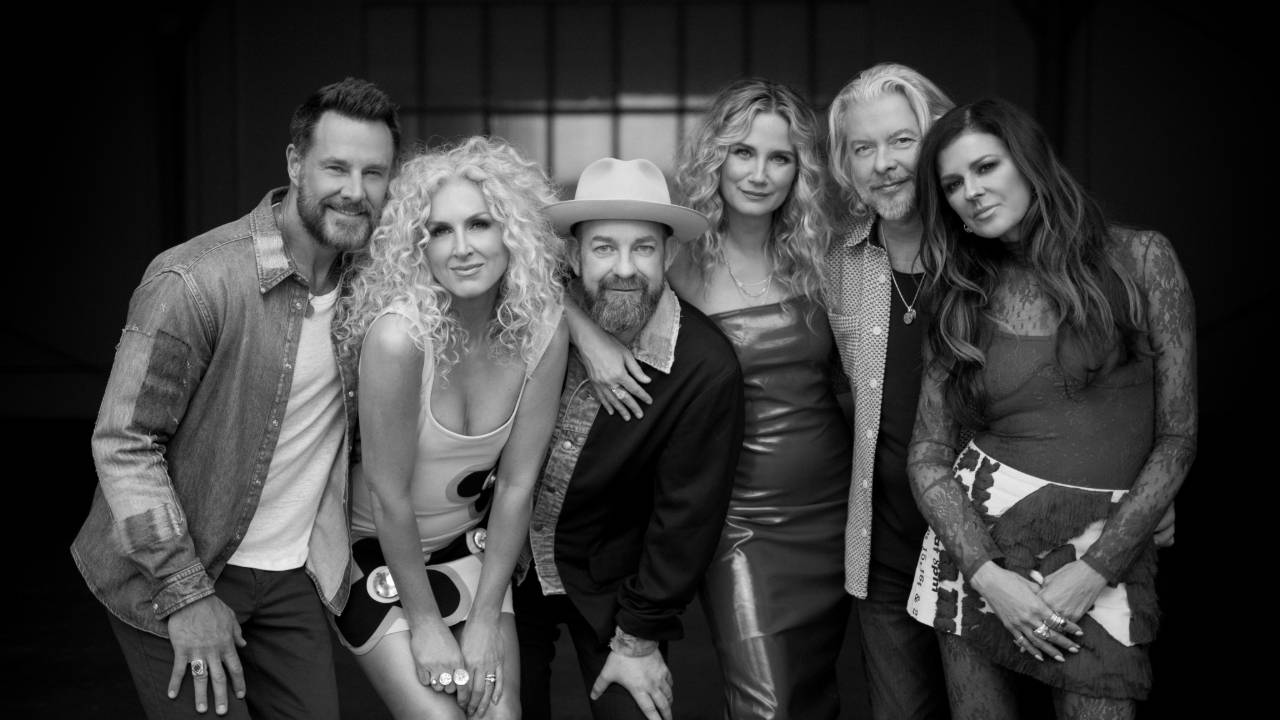NASHVILLE SKYLINE: Country Music's Midyear Report Card

(NASHVILLE SKYLINE is a column by CMT/CMT.com Editorial Director Chet Flippo.)
This is a great week for music in Nashville. Venues all around town are packed to bursting, the downtown streets are swarming with country music fans, and both the CMT Music Awards show and the CMA Music Festival quickly sold out. And just down the road in Manchester, Tenn., Bonnaroo is busting at the seams again. Seven days of non-stop music and fun are unfolding beneath a brilliant sun -- albeit with occasional thunder, lightning and downpours.
But there's something wrong with this picture. There's little real money propping up this scene. Album sales are at their absolute lowest levels since Nielsen SoundScan began keeping score in 1994. Total album sales -- including new releases and catalog items -- were below 5 million copies for the week ending May 30. That's including all genres of music across the board. Downloads, which were supposedly going to make up for the CD sales dive, are not holding up their end of the bargain. It wasn't that long ago that some artists could sell 1 million albums in their first week of release. Shania Twain's Come on Over has sold more than 15 million copies. That sort of thing will never happen again.
These days, if you're selling country albums in the mid three figures -- I'm talking 500 copies a week here -- then you can make it onto the SoundScan country album chart.
Tour and performance money -- the artists' supposed salvation -- is not panning out exactly as it was envisioned to be. Ticket prices and add-on fees, even for moderately-priced country acts, are still more than many people can -- or care to -- pay. The superstars, the Taylor Swifts and George Straits, continue to post sellouts. But for many smaller acts, their potential audiences are staying home. When parking, tickets for two with add-on fees and a couple of drinks and a T-shirt make a night out worth $200 to $300-plus, people are more careful about picking their shows. Casual or impulse ticket-buying is, I think, going away. That's a big reason why the CMA Music Festival continues to be such a fan bargain. For $110 for a four-day pass, a fan can see virtually every one of today's country stars perform. That sort of bundling of artists, scaled down into the larger touring packages, will likely become the touring model of the future. Otherwise, live country music, outside clubs, will wither.
Once every 10 years or so, you hear the familiar refrain, "Whatever happened to country music?" I've heard it a lot lately.
It was probably first heard in the 1930s after the initial first wave of commercial country music hit with the likes of the Carter Family and Jimmie Rodgers in the late 1920s-early 1930s. In fact, it was probably first uttered before then by the old-time string band members when they saw these kids -- Carters and Rodgers -- running off to town to actually get paid for recording.
No matter. It comes up with every new generation. In 1941, "real" country music was killed when it went electric -- when Ernest Tubb's band plugged in so they could be heard above the din in honky-tonks.
In the late 1940s and early 1950s, it became seriously honky-tonk, with the likes of Hank Williams and Lefty Frizzell.
Rock 'n' roll almost killed it in the 1950s. In retaliation in the 1960s, it become smooth and lush, with the Nashville Sound.
In the 1970s, the Outlaws rebelled against that. The late 1970s and 1980s saw the Kenny Rogers generation rebel against that and shift to a countrypolitan sound.
Twain and Garth Brooks led the way in the 1990s with an alluring brand of country-rock and pop, outraging many Nashville stalwarts. Now, those staunch country traditionalists wish they had a Garth and a Shania in town. The 2000s? Rascally Flattsy country pop. And now? A pastiche of poppy sounds and wannabe really, really, really country. Country posturing, I mean. Country music is capable of being better than it is right now.
Now, people complain that the music is vague and unfocused. The songs are too pop. Or trying hard to be more country than thou. The videos are all about pickup trucks or tractors or T&A. Radio has got it all wrong. Radio consolidation screwed everything up. The labels went off track. Too many California license plates in Nashville. Foreign ownership of the major record labels in Nashville messed them up. The new Nashville indie labels are making headway, but isn't there some whiff of daddy buying hits for junior or missy? A&R departments are just looking for quick pop crossover hits. Producers want co-songwriting and publishing credit and money from their artists. Artist development has gone the way of the dodo and the Dobro. Please pay before pumping.
There are solutions. Quit following the herd. Record some good songs. Take a close look at the country singles chart. Very few of those songs will be remembered six months from now, let alone six years from now. There's a good reason Miranda Lambert's "The House That Built Me" is doing well. It's a well-crafted song with some real human feeling in it. Listen to your heart and your ears and quit cutting what you think country radio wants.
Listen, all it takes is one big hit record, and everything changes and is suddenly better. Just one great song and a great performance. You're always just three minutes away from paradise. Ask Taylor Swift or Lady Antebellum what changed their bottom line over the last couple of years. It worked for Hank Williams 60 years ago. It still works today. Why then does it seem to be so hard?





